This short paper is a preliminary examination of BEST data to 1753, as compared to the Central England Temperature Record (CET) to 1660 (instrumental record) and 1538 (Extended by Tony Brown using thousands of contemporary observations).
This extension to 1538 was a central part of my article '
The Long Slow Thaw,' which also examined historic temperature reconstructions by Dr Michael Mann and Hubert Lamb.
In the article, warming from the start of the CET instrumental record in 1660 to the present day was noted, albeit with numerous advances and reverses.
The extended CET record coincides well with a 2000 year reconstruction by Craig Loehle
here.
And one by M. V. SHABALOVA and A. F. V. VAN ENGELEN : 'Evaluation of a reconstruction of winter and summer temperatures in the Low Countries, ad 764 - 1998'
here.
According to studies made by a number of climate scientists, CET is a reasonable proxy for Northern Hemisphere -and to some extent global temperatures- as documented in 'The Long Slow Thaw'. However, as Hubert Lamb observed, it can
'show us the tendency but not the precision'. In that light there are a number of comments that can be made about the Combined CET/BEST graph which are shown above in two versions that, viewed together, provide the opportunity to follow the ups and down of the ever changing climate over the 350 years of instrumental records.
(Note; The BEST extension to 1538 and the extension to both trend lines after 2012 in the first graphic are merely a graphing feature.)

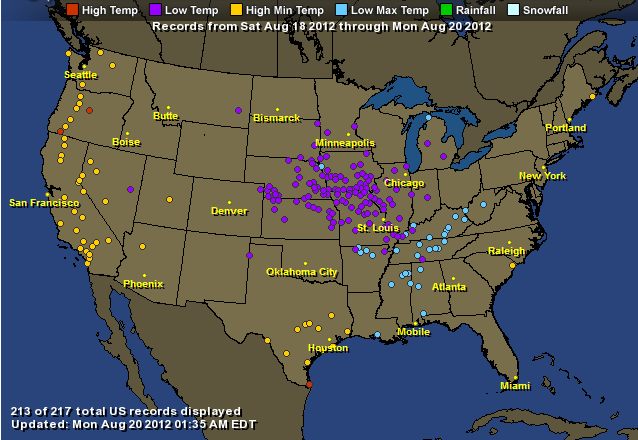


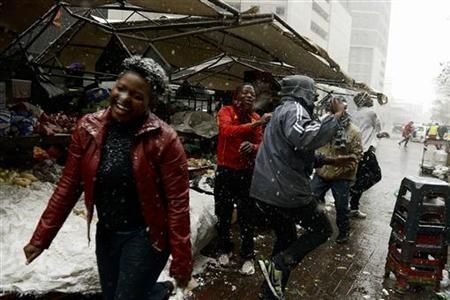
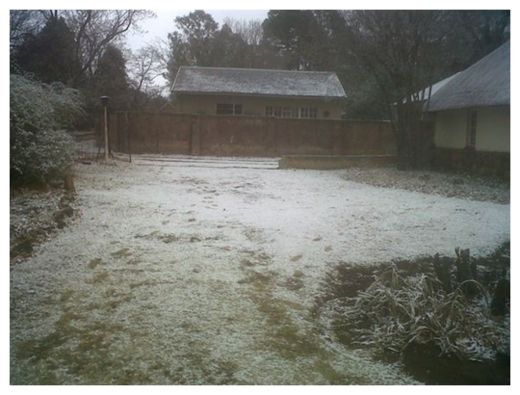
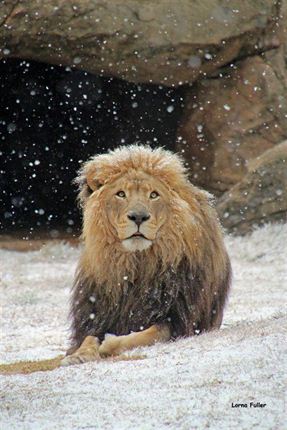
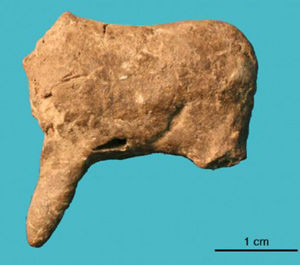
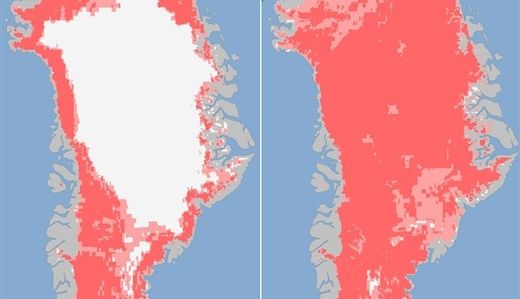
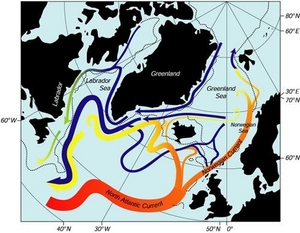




Comment: Again we see that history is far from being a straight upward trend of 'progress'. What if the reason why artistic traditions can spring up, become lost, then re-emerge is because cyclical cataclysms periodically intervene?
The Golden Age, Psychopathy and the Sixth Extinction